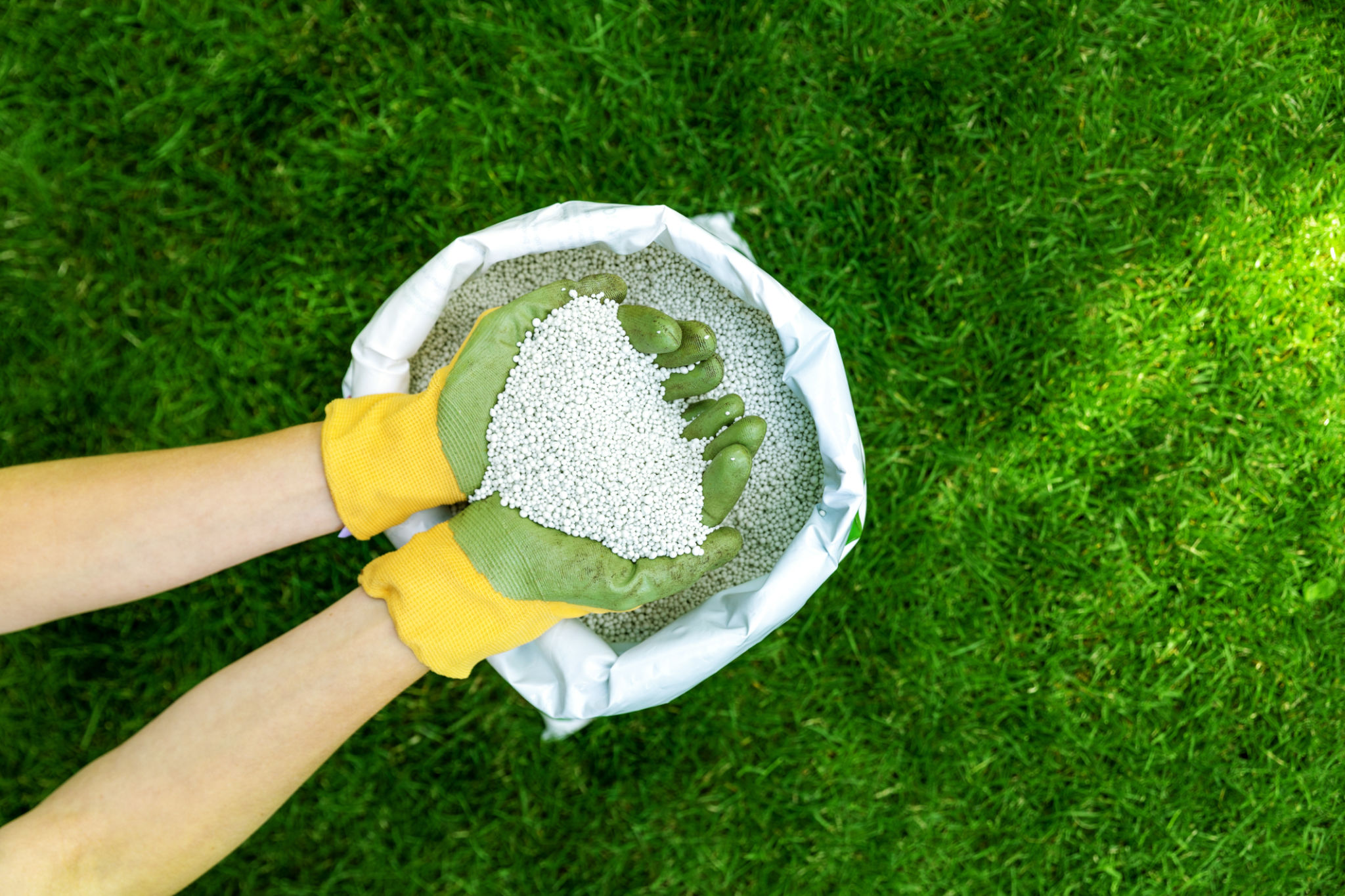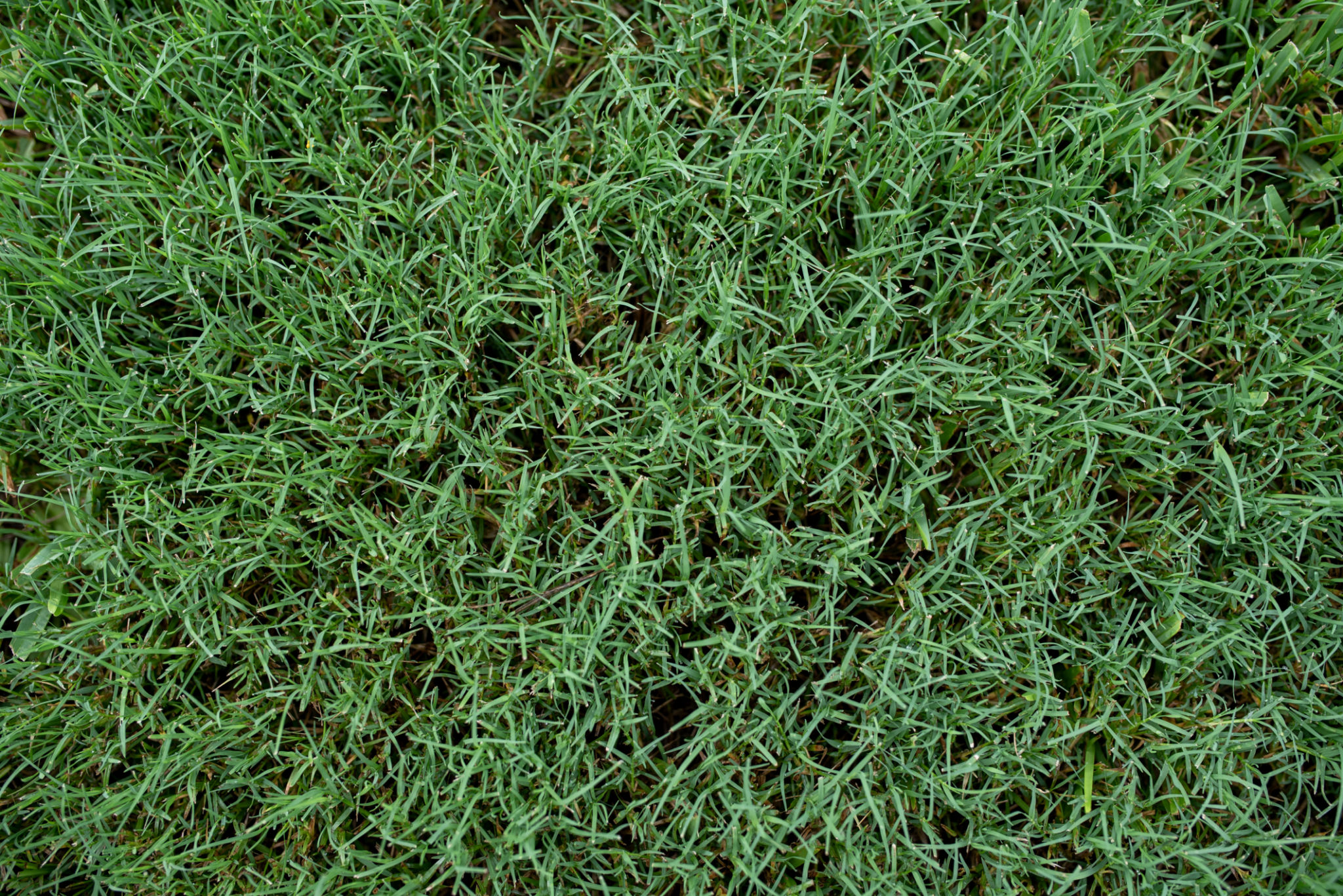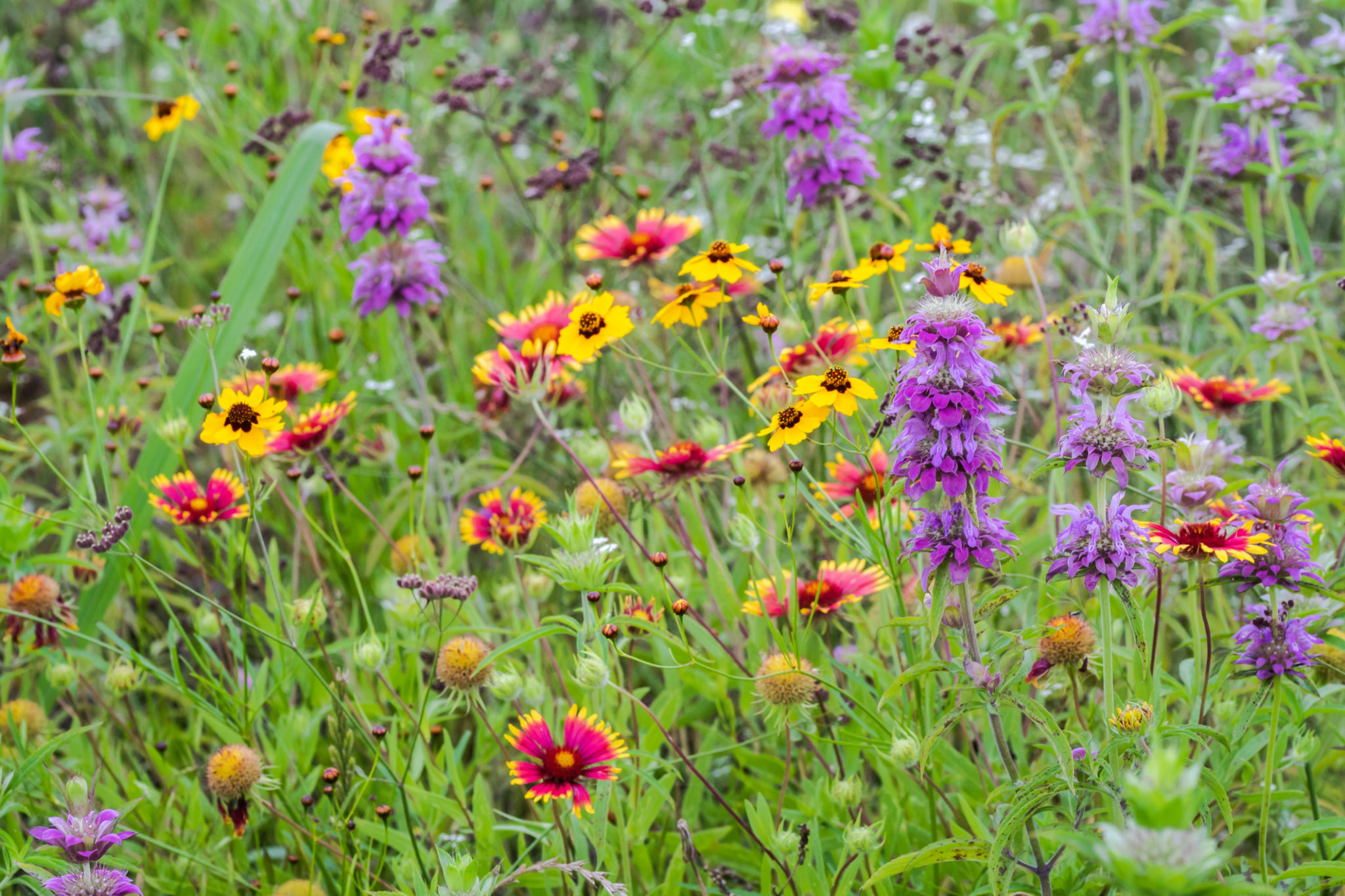Common Lawn Care Myths Debunked: What Really Works in Texas
Understanding Texas Lawn Care
When it comes to maintaining a beautiful lawn in Texas, there are plenty of myths and misconceptions. The unique climate and soil conditions require specific approaches to lawn care that differ significantly from other regions. Understanding these differences is crucial for achieving a lush, green lawn.

Myth 1: Watering Every Day Is Essential
A common belief is that a lawn should be watered daily to stay healthy. However, in Texas, where water conservation is important, this practice can be counterproductive. Instead, it's better to water deeply and infrequently. This encourages the roots to grow deeper, making the grass more drought-resistant.
Most lawns in Texas benefit from about an inch of water per week. It's best to water in the early morning to reduce evaporation and fungal diseases. By doing so, you not only save water but also promote a healthier lawn.
Myth 2: Fertilizer Must Be Applied Frequently
Another widespread myth is the need for frequent fertilization. Over-fertilizing can lead to excessive growth, thatch buildup, and even environmental damage due to runoff. In Texas, fertilizing once or twice a year is often sufficient.

The key is to choose the right type of fertilizer for your grass variety and to apply it at the right time—typically spring and fall are ideal. This ensures your lawn gets the nutrients it needs without overloading it.
Myth 3: Mowing Shorter Saves Time
It might seem efficient to mow your grass short to extend the time between cuts, but this can harm your lawn. Grass in Texas should generally be kept at a height of about 2.5 to 3 inches. Taller grass shades the soil, reduces water evaporation, and promotes deeper root growth.
Regular mowing at the correct height not only maintains a healthy lawn but also discourages weeds from taking root. It's a simple tactic that yields effective results over time.
Choosing the Right Grass
In Texas, selecting the right type of grass for your lawn is critical. Some grasses thrive in the hot climate, while others struggle. Popular choices include Bermuda, St. Augustine, and Zoysia grass, each with its own care requirements and benefits.

Consider factors such as shade tolerance, drought resistance, and maintenance needs when choosing grass for your lawn. Tailoring your choice to your local conditions can make all the difference.
Myth 4: Weeds Must Be Removed Manually
While pulling weeds by hand is a traditional method, it isn't always the most effective or efficient in Texas lawns. Pre-emergent herbicides can prevent weed seeds from germinating in the first place, reducing the need for manual removal.
It's essential to apply these products at the right time—typically early spring and fall—to ensure they work effectively. This proactive approach can save you time and effort in maintaining a weed-free lawn.
Embrace Native Plants
Finally, incorporating native plants into your landscape can significantly reduce maintenance needs. Native plants are well-adapted to local conditions and often require less water and care than non-native species.

This not only enhances the beauty and biodiversity of your garden but also supports local wildlife. By embracing native plants, you contribute positively to the environment while enjoying a thriving landscape.